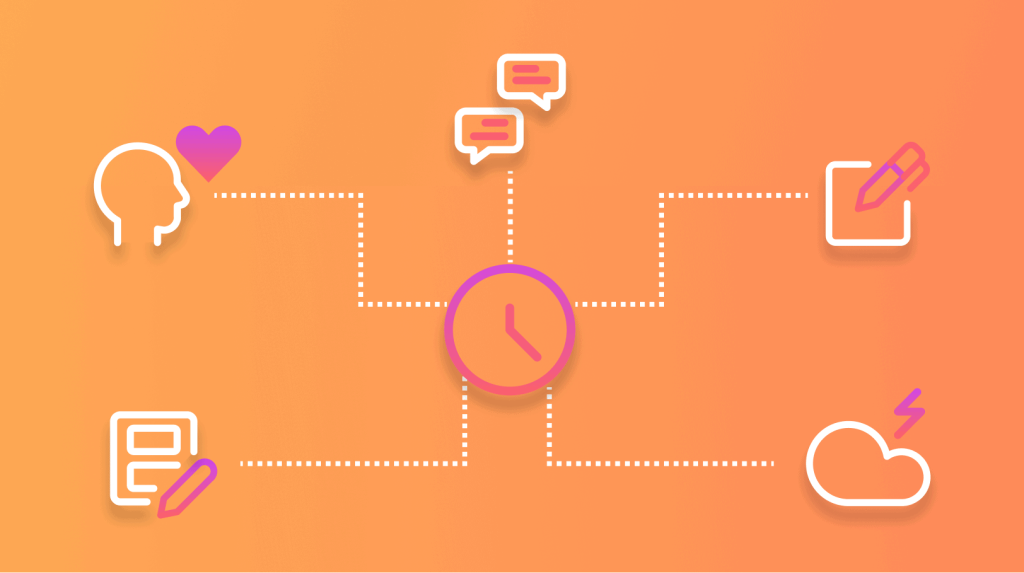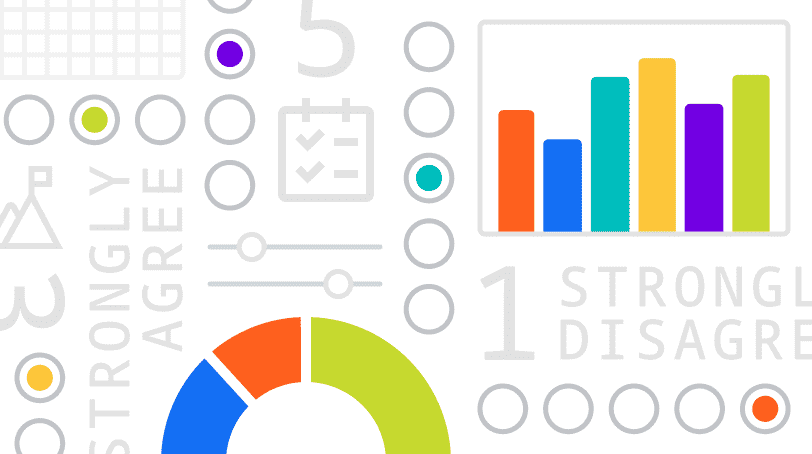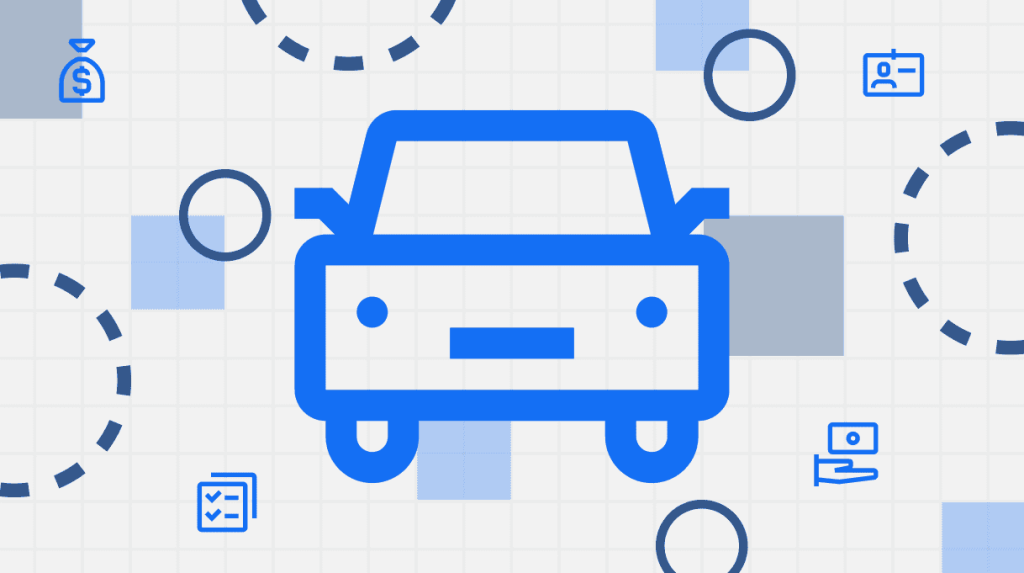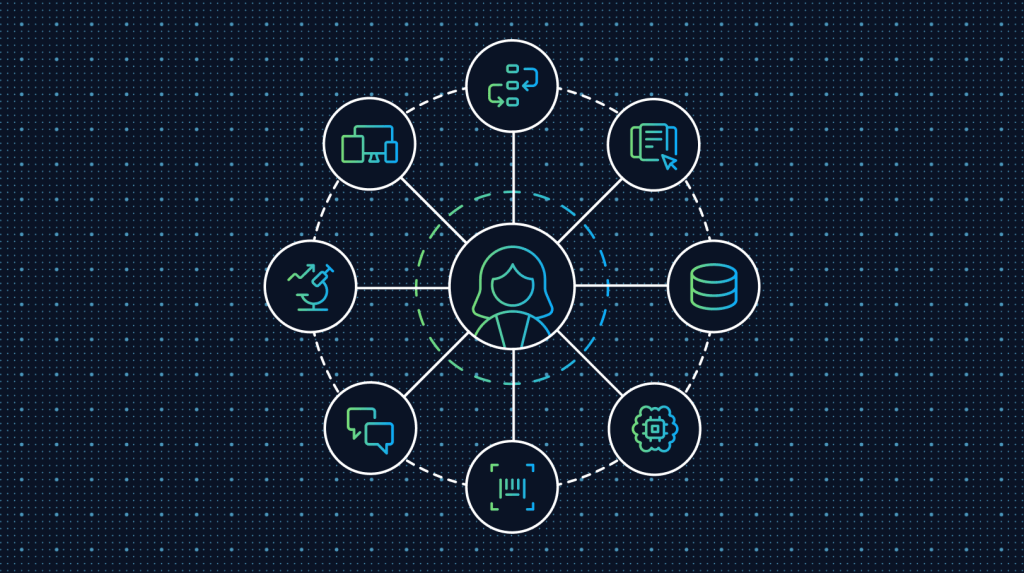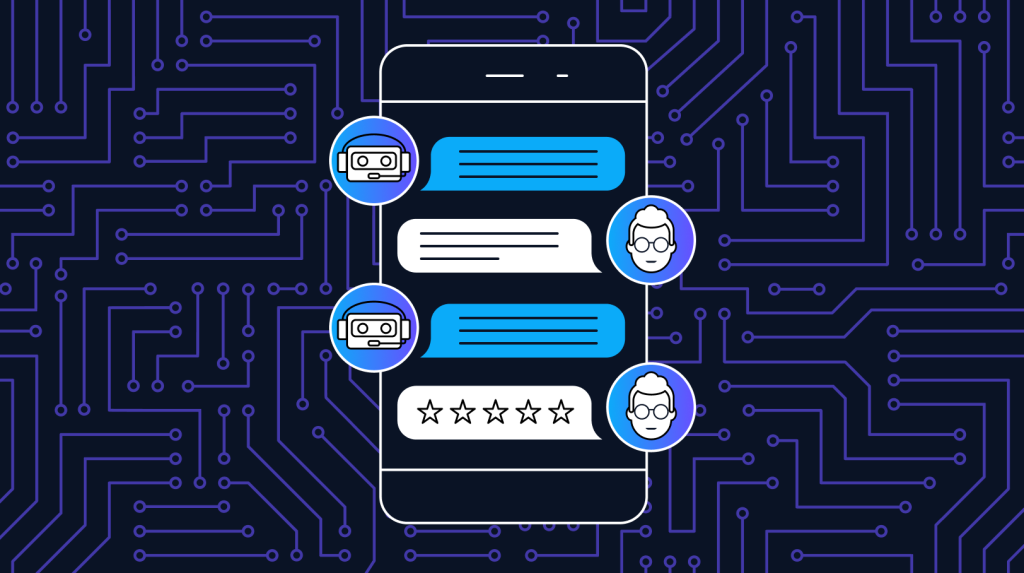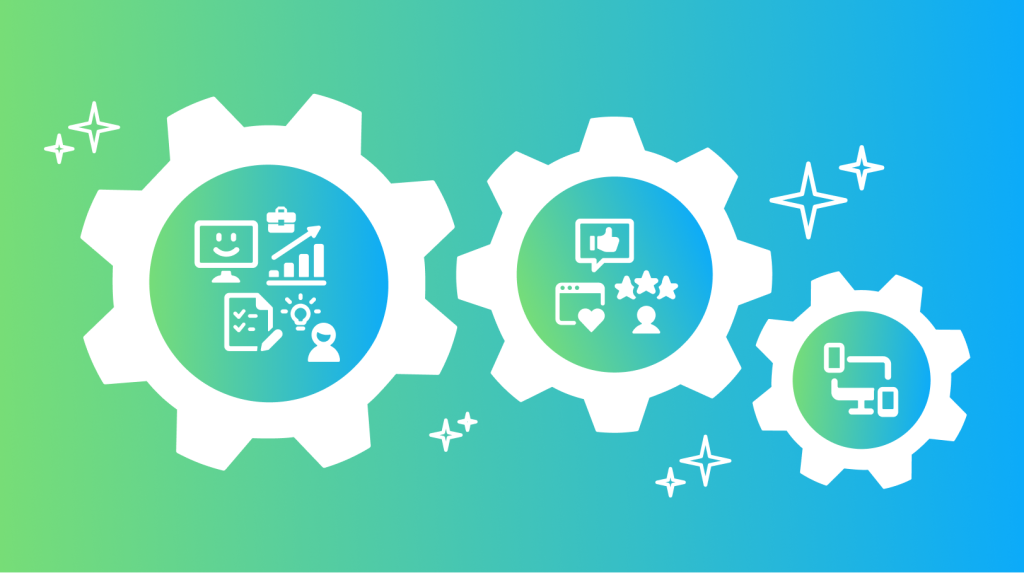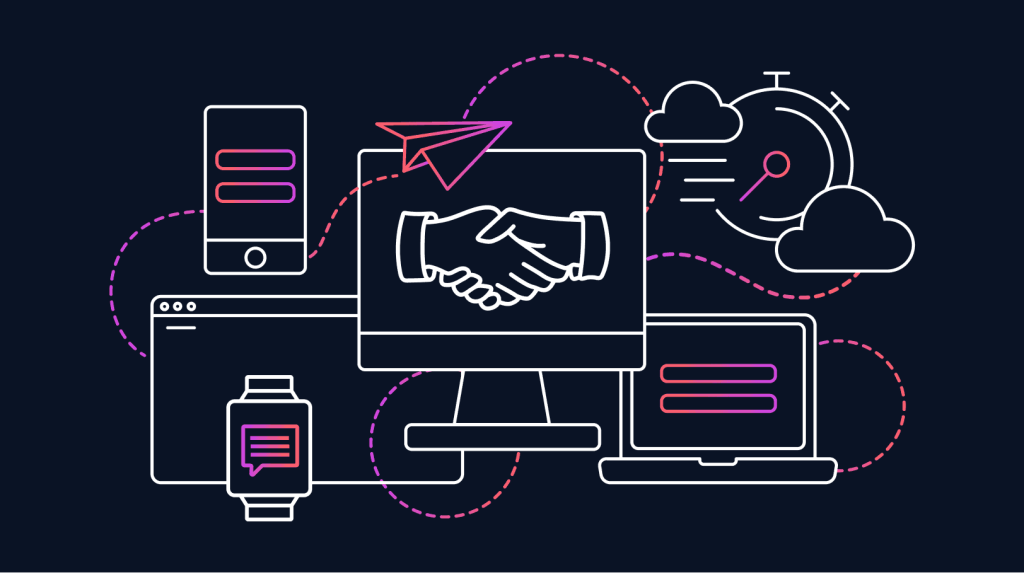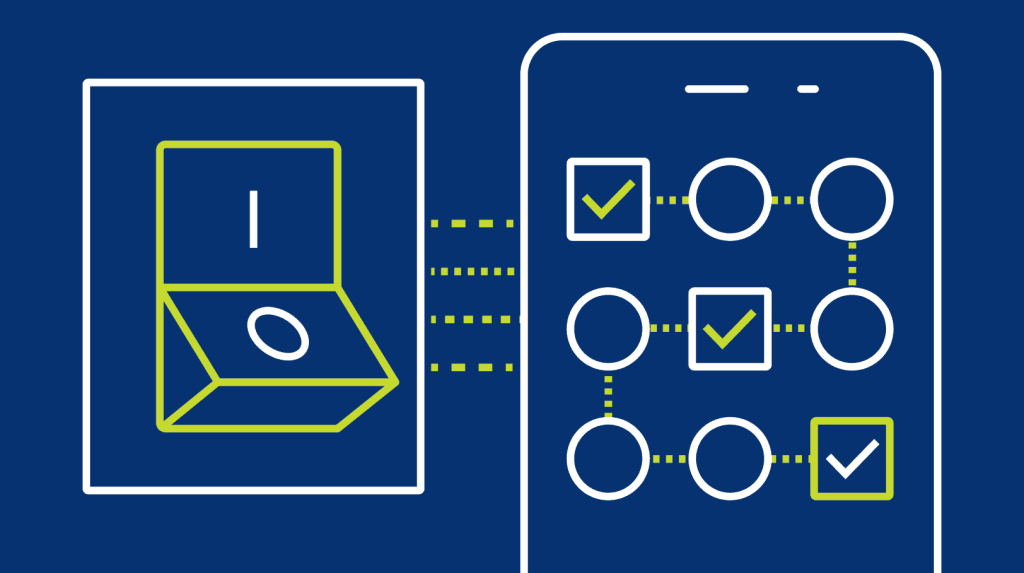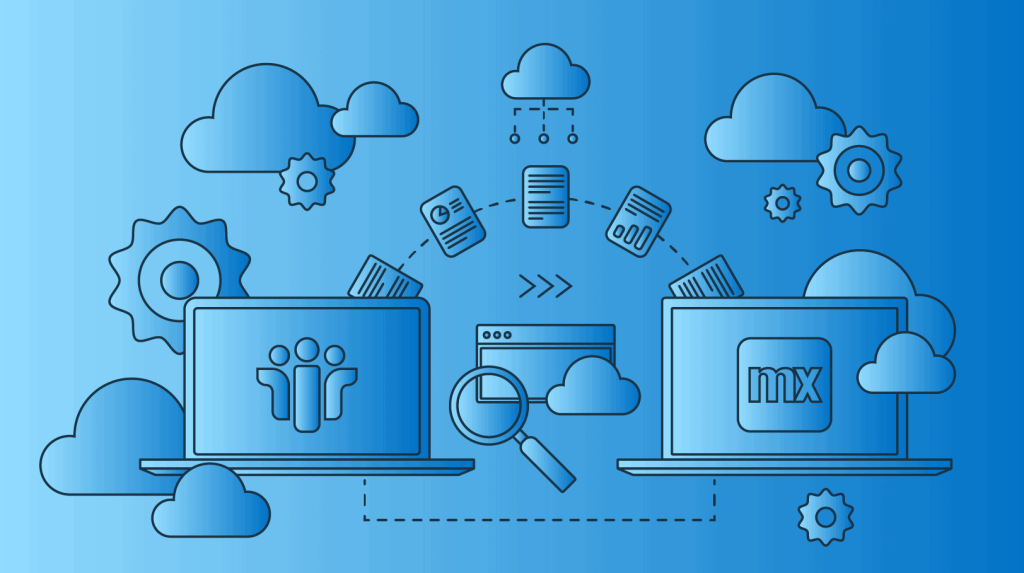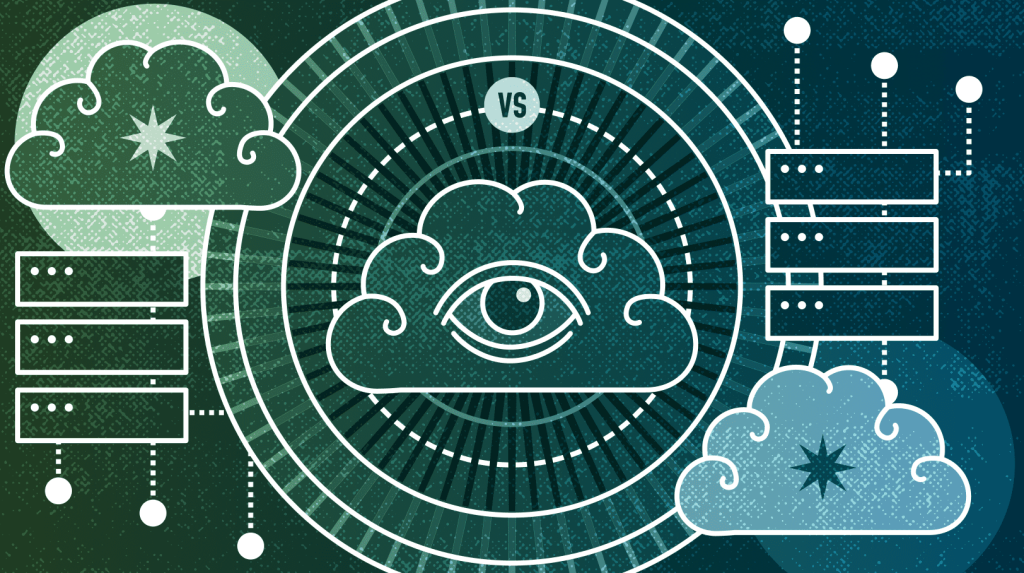The evolution of mobile app development
To understand the future of mobile app development, we have to understand its history.
The first handheld cellular mobile phone was invented in 1973. But it took another 20 years for the first commercially available cell phones to start paving the way for today’s technology.
In 1993, IBM’s Simon was the first phone released with a touch screen and built-in apps, including a contact book and calendar.
Next came the Java-based Blackberry 5810 in 2002. The game-changing device included integrated apps, like connected wireless email, and set the stage for rapid app development. To this day, Java remains the primary development language for Android-based apps.
Then, in 2008, both Apple and Google launched online app stores. Apple’s App Store reached one billion downloads just nine months after launch. In 2021, there were 230 billion first-time mobile app downloads worldwide across Apple and Android devices.
As mobile phones began appearing everywhere and development exploded, apps became more advanced. The first apps mainly displayed information based on inputs supplied by the user. But many of today’s apps can proactively provide users with information before being prompted to do so.
5 mobile app development trends for the future
1. 5G lays the groundwork
The hype around fifth-generation wireless technology (5G) has been building for the better part of a decade. But most carriers only started rolling out 5G access in 2021.
Speed is the focus of 5G. It’s not just faster than 4G technology; it’s exponentially faster. 5G is capable of operating at 100x the speed of most existing networks. This matters because it allows users to connect with wearables, devices, and machines in addition to phones.
Due to its high speed, information is transferred in milliseconds, which reduces latency and provides a better user experience.
Use cases range from simple to complex. A simple use case might be users watching HD videos on their devices without buffering or quality loss.
A study from PwC describes a more complex use case. A 5G-enabled healthcare ecosystem—including apps, IoT, and wearables—can help patients track their health and quality of life better. This could also help with identifying diseases earlier and reducing healthcare costs by approximately $2,000 per patient.
2. AR & VR go beyond gaming
Augmented reality (AR) technology imposes artificial images and objects on real-life objects. This is how users can play Pokémon Go while walking around their neighborhood. In contrast, virtual reality (VR) creates an artificial environment.
A great example is the Meta’s Oculus Quest 2. It allows users to work out, explore new countries, and watch concerts created in an immersive world—all from their living room.
However, AR and VR are no longer just for gamers. These technologies are rapidly expanding to other industries, including travel, real estate, and retail.
The use of AR technology in the real estate industry is booming, accelerated by an unexpected catalyst: COVID-19. When the pandemic hit, attending open houses in person was no longer a safe option for many. In response, rapid app development helped make virtual at-home walk-throughs possible.
Another example is Matterport, a 3D virtual tour platform. The Matterport team created an iOS app in late 2020, allowing home sellers to scan their homes using the LiDAR sensors on their phones or tablets. Previously, that capability was only possible with expensive camera equipment.
According to Redfin, 63% of buyers who viewed virtual walk-throughs in late 2020 made offers on homes they hadn’t visited in person. Monthly views of 3D walk-throughs via the app were up over 500% from February 2020.
3. AI is king
Artificial intelligence (AI) is by no means a new technology in mobile app development. But as AI and machine learning become more sophisticated, so will app capabilities.
For example, algorithms can learn from past user behavior with advanced machine learning. Then, they can pull data to predict what may happen next.
Where AI stands out is facial and speech recognition—biometric markers that can enhance safety features. Companies, especially those in the insurance and financial sectors, can use AI and machine learning not only to improve user safety and data security but also to help spot fraud. McKinsey estimates the potential annual value of AI for global banking at over $1 trillion.
Identifying and preventing fraud will undoubtedly become even more important as more people use phones and wearables as payment devices.
Estimates say that 2.8 billion mobile wallets were in use worldwide in 2020, and that number could rise to 4.8 billion by 2025. As people use those wallets to complete more transactions online, fraud detection companies are creating AI-based technology for banks and retailers to help:
- Reduce false positives
- Increase fraud detection
- Minimize investigation time
4. Wearables do more
Wearables include watches, earbuds, and other smart devices—even certain articles of clothing. They can fulfill a range of functions, from voice activation for phone calls to helping people keep track of the number of steps they take each day.
There are approximately 1 billion connected wearable devices in use worldwide. In 2021, the wearable technology market was valued at approximately $116 billion, with significant growth yet to come.
Consumer electronics make up the most significant share of wearables. But there’s increasing interest in using them for purposes beyond simple step counting. Especially in healthcare.
wearables like Fitbit and Apple Watch have clearance from the U.S. Food and Drug Administration for an electrocardiogram app to track heart irregularities.
Other features you can expect to see from wearables in the near future include smart app capabilities tied to security. Recently, Apple teamed up with lock manufacturer Schlage to create smart locks that you can open using an Apple Watch or iPhone. Users can also add a virtual house key to their mobile smart wallet.
5. Security is a pressing issue
As more personal information is online, fears around consumer security and privacy are increasing. Consumer data is routinely collected to provide better services, especially in use cases involving AI and machine learning. But consumer concerns about personal information getting out aren’t unfounded.
A study of popular Android apps by Synopsis found that 63% had open-source components with known security vulnerabilities. That leaves many consumers exposed to having their information hacked or leaked. This would affect customer experience and confidence in an app.
But two innovations are rising to help resolve security issues such as these.
- One is biometric authentication, which uses eye, facial, fingerprint, or voice recognition to verify a user. This helps to provide the first line of defense against fraud or stolen information and is easy for consumers to use.
- The other is the use of distributed ledger technology (DLT), of which blockchain is one part. This helps boost IoT security on mobile and other smart devices through more layers of encryption.
What is the future of mobile app development?
The application of existing technologies and the development of new ones will continue to push growth in the mobile app industry.
The motivation for developers to get in on the action is obvious. Estimated growth trajectories predict mobile app development will yield over $600 billion in revenue by 2025. And that, it seems, is just a down payment on the rewards of mobile app development.
- How to Build a Customer-Centric Product Roadmap: Tips from a CTO
- Digital Transformation Extended: The Ecosystem Imperative
- Enterprise Resource Planning (ERP)
- Siemens delivers innovations in immersive engineering and artificial intelligence to enable the industrial metaverse
- Openclaims Introduces SaaS Insurtech Innovation with Low-Code



